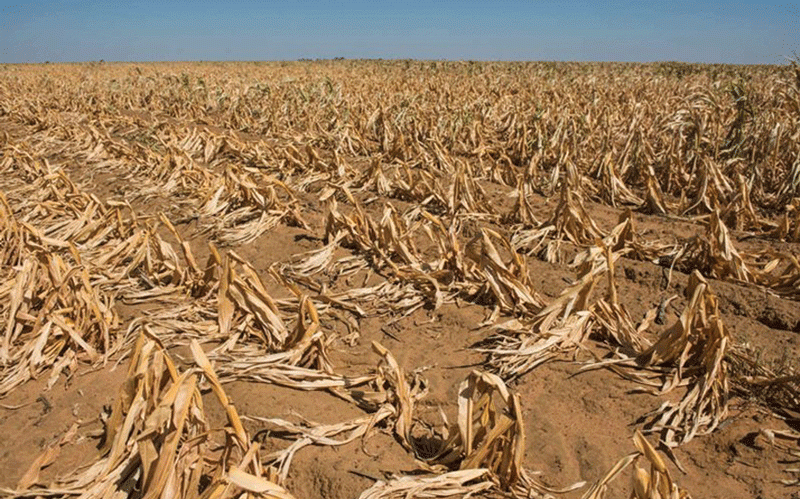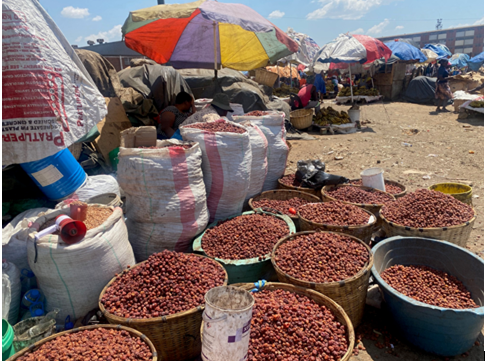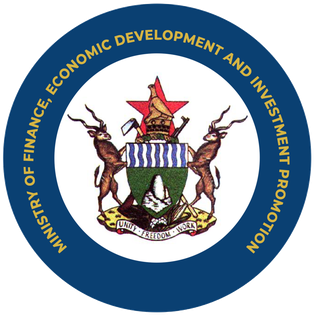
THE recent revelation that the United Nations World Food Programme (WFP) is struggling to raise the necessary funds for its southern Africa drought response has sent shockwaves through the international community.
With only a fraction of the required US$400 million collected, the situation paints a grim picture of the challenges facing one of Africa's most vulnerable regions. This funding shortfall is not merely a matter of numbers on a balance sheet; it represents a looming humanitarian crisis that threatens the lives and livelihoods of millions across southern Africa.
The drought gripping the region is described as the worst in decades, a catastrophic event that has forced nations like Zambia, Malawi and Zimbabwe to declare states of national disaster. This is not a localised problem but a regional catastrophe that demands urgent attention and co-ordinated action. The El Niño climate phenomenon, identified as the culprit behind this drought, has wreaked havoc on agricultural production, leaving in its wake a trail of failed crops and dwindling food supplies. As Thomson Phiri of the WFP starkly puts it, about 70% of the southern Africa population relying on rain-fed agriculture has seen their harvests "wiped out" by the lack of rains. This statistic alone underscores the magnitude of the crisis and the urgent need for both immediate relief and long-term solutions.
The implications of this drought extend far beyond empty fields and barren landscapes. They touch every aspect of life in southern Africa, from economic stability to social cohesion. With 27 million people in the region facing food insecurity, the potential for social unrest, increased poverty, and mass migration looms large. WFP's goal to feed 5,9 million people until the next harvest season in 2025 is commendable, but it also highlights the enormous gap between need and available resources. This situation calls for a radical rethinking of how southern Africa approaches food security, climate resilience and sustainable development.
The Sadc summit provided a crucial platform for addressing these challenges. As leaders from across the region convened to discuss pressing issues, the drought crisis must have been at the forefront of their agenda. The post-summit period is critical for translating discussions into concrete actions. Southern Africa nations must leverage on their collective strength to implement comprehensive strategies that address both immediate needs and long-term sustainability.
One key area of focus should be the modernisation and climate-proofing of agriculture across the region. This involves more than just introducing drought-resistant crops; it requires a fundamental shift in farming practices, water management and land use. Governments and international partners should invest heavily in research and development of climate-smart agricultural techniques tailored to the unique conditions of southern Africa. This could include the development of advanced irrigation systems, the promotion of conservation agriculture, and the use of cutting-edge weather forecasting technology to help farmers make informed decisions.
Water management must be at the heart of any long-term strategy to combat drought in southern Africa. The region needs to dramatically improve its capacity to harvest, store and efficiently use water resources. This could involve the construction of new reservoirs, the implementation of water-saving technologies in agriculture and urban areas and the restoration of natural water catchment areas. Furthermore, transboundary water management agreements need to be strengthened to ensure equitable access to shared water resources across the region.
Diversification of food sources is another crucial strategy that southern Africa nations must pursue with vigour. Over-reliance on a few staple crops has left the region vulnerable to climate shocks. Encouraging the cultivation of a wider variety of crops, including indigenous species that are naturally adapted to local conditions, can help build resilience in the food system. Additionally, investing in livestock management and fisheries can provide alternative sources of nutrition and income for rural communities.
- Govt to distribute grain as hunger stalks millions
- Zim’s urbanites facing high prices
- 3,8m villagers face hunger
- 3,8m villagers face hunger
Keep Reading
The role of technology in addressing food security cannot be overstated. Southern Africa has an opportunity to leapfrog traditional development pathways by embracing digital agriculture. This could involve the use of satellite imagery and drones for precision farming, mobile apps that provide farmers with real-time market information and agricultural advice, and blockchain technology to improve supply chain efficiency and traceability. By harnessing the power of technology, southern Africa can create a more responsive and efficient agricultural sector.
International partnerships will be crucial in addressing the funding gap highlighted by WFP's struggles. Southern African nations must work to diversify their sources of support, looking beyond traditional donors to engage with emerging economies, private sector partners and innovative financing mechanisms. Climate finance, in particular, represents a significant opportunity for the region to access resources for adaptation and mitigation projects.
The drought crisis in southern Africa also underscores the critical importance of social protection systems. Governments must strengthen safety nets to support vulnerable communities during times of food scarcity. This could include cash transfer programmes, food-for-work initiatives and school feeding schemes. These measures not only provide immediate relief but also help to build long-term resilience by protecting livelihoods and human capital.
As we consider the way forward for southern Africa, it's crucial to align strategies with the broader framework of the Sustainable Development Goals (SDGs). The current crisis touches on multiple SDGs, including Zero Hunger (SDG 2), Climate Action (SDG 13), and Life on Land (SDG 15). By framing responses within this global agenda, southern Africa nations can ensure that their efforts contribute to broader sustainable development objectives while addressing immediate needs.
The drought crisis facing southern Africa is a stark reminder of the region's vulnerability to climate change and the urgent need for transformative action. As Reena Ghelani, the UN's climate crisis co-ordinator for the El Niño response, warns, we are likely to see "a prolonged dry spell and frequent droughts across the region in coming years as a result of climate change." This sobering prediction should serve as a call to action for governments, international organisations and civil society alike.
The world must stand in solidarity with the region, recognising that food security in southern Africa is not just a regional issue but a global concern that affects us all. The time for bold action is now and the stakes could not be higher. Southern Africa has the potential to transform this crisis into an opportunity for sustainable growth and development, setting an example for other regions facing similar challenges. The path forward will not be easy, but with determination, innovation and global support, southern Africa can emerge stronger and more resilient in the face of climate adversity.
Investing in faith and ethics by religious groups and practising traditional ceremonies to buttress the significance of IKS in moulding ubuntu/unhu/humanism and environmental management from socio-cultural points of view.
Finally, the southern African countries need to establish synergies, strong alliances and networking groups to reach out to one another, build strong institutions, infrastructure, knowledge and information bases and resilience. The region needs to invest in climate change communication as a vital tool for communicating climate change messages effectively and successfully, locally, nationally and regionally.
It is the role of communication to enable ambiguous climate change information to be user-friendly, human specific and encouraging pro-climate behaviours necessary for resilience building to natural disasters.
The public’s climate knowledge deficit is mostly pronounced in small-scale farmers who should be the prime target of this empowering information. They need to change lives, improve agriculture, understand weather and climate phenomena, improve food security and eliminate poverty.











